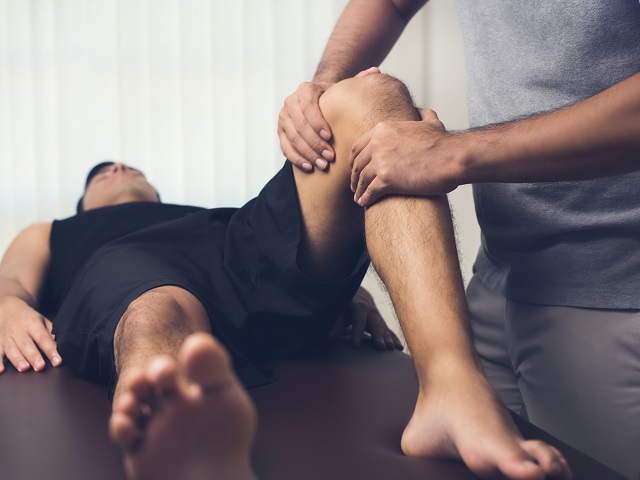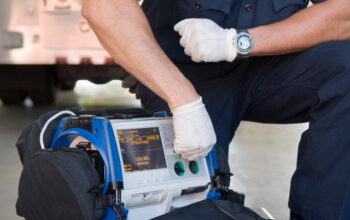What is pain?
Pain is a signal from the nervous system that something is wrong. It is an unpleasant sensation, such as prickling, tingling, stinging, burning, or discomfort. Pain can be sharp or dull. It may come and go or be constant. You may feel pain somewhere in your body, such as your back, abdomen, chest, or pelvis. Or you may have widespread pain.
There are two types of pain:
Acute pain: Usually comes on suddenly due to illness, injury, or inflammation. It can often be diagnosed and treated. It usually goes away, although sometimes it can become chronic pain.
Chronic pain: Lasts a long time and can cause serious problems.
What are pain relievers?
Pain relievers are medications that reduce or relieve pain. There are many different pain medications, and each has benefits and risks. Some are over-the-counter medications. Others are stronger and are available by prescription. The strongest prescription pain relievers are opioids. They are very effective, but those who take them have risks of addiction or overdose.
Because of the side effects and risks of painkillers, you may need to try a non-medication pain treatment first. And if you do need the medications, these drug-free treatments may allow you to take a lower dose.

What are some drug-free treatments for pain?
There are several drug-free treatments that can help with the pain. It is important to talk to your healthcare provider before trying any of them:
Acupuncture: Stimulates specific points on your body. There are different methods for this. The most common inserts thin needles into the skin. Other methods include using pressure, electrical stimulation, and heat. Acupuncture is based on the belief that Qi (vital energy) flows through the body along pathways called meridians. Its practitioners believe that stimulating acupuncture points can rebalance Qi. Research suggests that acupuncture may help control certain conditions that cause pain.
Biofeedback techniques: Use electronic devices to measure body functions, such as breathing and heart rate. This teaches you to become more aware of your body’s functions so you can learn to control them. For example, a biofeedback device can measure muscle tension. By seeing how these measurements change, you can become more aware of when your muscles tighten and learn to relax them. Biofeedback can help control pain, including chronic headaches and back pain.
Electrical stimulation: Uses a device to send a mild electrical current to nerves or muscles. This can help treat pain by interrupting or blocking pain signals. Types include:
- Transcutaneous electrical stimulation (TENS).
- Peripheral nerve stimulation
- Deep brain or spinal cord stimulation
Massage therapy: Treatment in which the soft tissues of the body are squeezed, rubbed, tapped, and stroked. Among other benefits, it can help people relax and relieve stress and pain.
Meditation: A practice that connects the mind with your body. In meditation, you focus your attention on something, such as an object, word, phrase, or breathing. This helps you minimize distracting or stressful thoughts or feelings.
Physical therapy: Uses techniques such as heat, cold, exercise, massage, and manipulation. It can help control pain, as well as help condition muscles and restore strength
Psychotherapy (talk therapy): Uses methods such as talking, listening, and counseling to treat mental and behavioral disorders. Also can help people with pain, especially chronic pain, by Teaching coping skills for dealing with pain and being able to better cope with the stress it can cause.
Addressing negative thoughts and emotions that can make the pain worse
Providing emotional support
Relaxation therapy: Can help reduce muscle tension and stress, lower blood pressure, and control pain. May involve tensing and relaxing the body’s muscles. May use guided imagery (focusing the mind on positive images) and meditation.
Surgery: May be necessary to treat severe pain, especially when caused by back problems or severe musculoskeletal injuries. There are always risks in having surgery, and it does not always work to treat pain. So it is important to talk to your healthcare provider about all of your risks and benefits. Read more info on this page about pain management.




